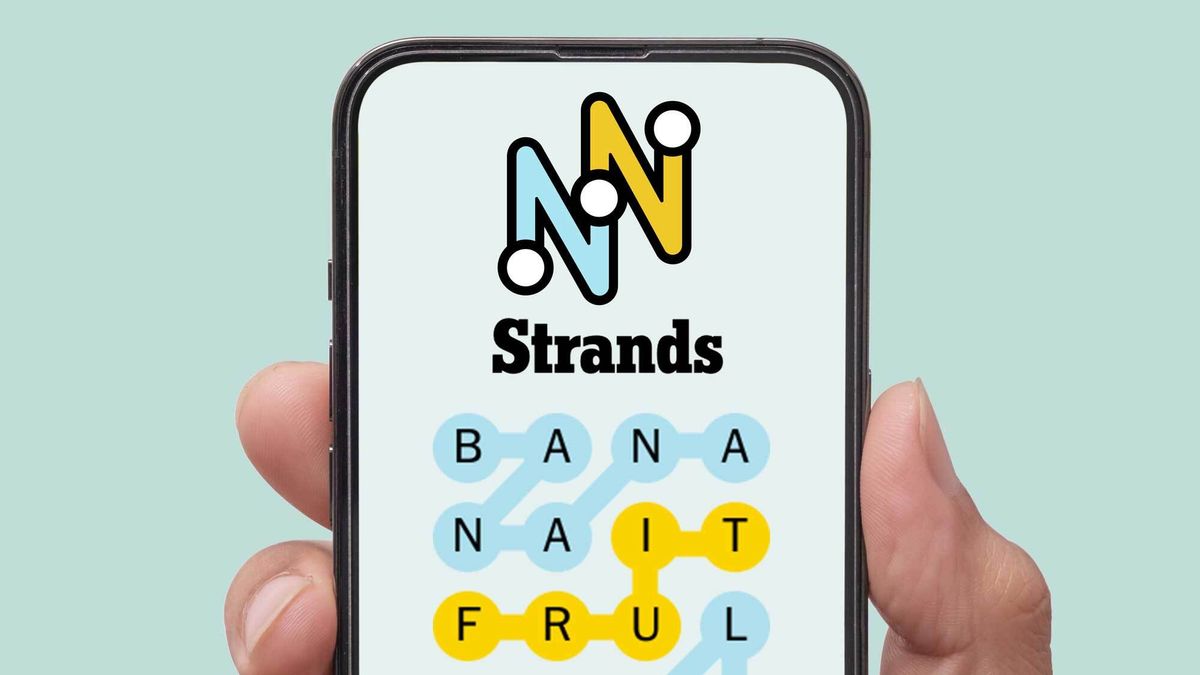Samsung and Google have finally announced Project Moohan, their long-awaited XR headset collaboration, and I’m cautiously optimistic that Meta might finally be facing a true challenger to its XR throne, if only because I’m a little tired of recommending whatever the latest Quest VR headset is as the best option for people to buy – they’re awesome, but some variety would be nice.
However, I’m concerned that the two companies might already be making the same blunders as Apple has with its Apple Vision Pro. I’m not talking about price – at least not yet, because we don’t know how much Moohan will cost (a word of advice, Samsung: it had better cost less than $1,000) – but rather I’m looking at a factor that’s just as important: software.
I test a lot of VR headsets, and my main issue with every non-Meta device is its software. When it comes to standalone headset experiences the Quest’s offering is second to none thanks to its massive library, which offers variety and is well stocked with exclusives you can’t get anywhere else.
Project Moohan will reportedly boast a massive suite of Android apps of its own at launch, but much like the Apple Vision Pro these will be ports of existing phone and tablet apps. Yes, interacting with them in VR would bring novelty; however the Vision Pro has proven that novelty alone is not enough to shift units and make a device feel like a worthwhile alternative to our phones, tablets, and laptops.
What we really need are bonafide Moohan exclusives; I’m talking Google’s and Samsung’s rivals to the likes of Batman: Arkham Shadow. By releasing Moohan’s developer kit now the companies are at least giving app creators a head start, so they can hopefully have some awesome exclusives ready for launch day, which at the moment the companies have suggested will be some time in 2025.
That said, Apple gave developers an early development kit too, and it proved not to be enough. A lack of time was certainly a factor – software development doesn’t happen overnight, and less than 12 months’ notice has clearly proven insufficient in the case of the Vision Pro.
Financial risk plays a part too. Developing an app isn’t cheap, and developing it for an unproven system carries more risk than normal – you can’t accurately judge what your expected revenue will be if you have no idea how many people will own the system. As we’ve seen, the way Meta has found to get around this chicken-and-egg situation is by having its Reality Labs division throw money at VR and MR software studios in exchange for exclusive access to their creations on Quest.
Yes, there’s a fiscal recklessness to Meta’s Reality Labs gambit – that division of its company is hemorrhaging cash at a scale that even the most dodgy ‘disruptive’ Silicon Valley startups could only dream of – but it’s paying off.
Given what the Quest 3, Quest 3S, and Ray-Ban Meta smart glasses are capable of, it’s impossible to look at a rival in their respective categories – XR or AI wearables – and recommend anything else. So Google and Samsung might want to throw their collective wallet around if they’d like to achieve the results Meta has.

You can’t just say “AI” and call it a day
Google and Samsung’s gambit instead seems to be the promise of AI functionality facilitated by Gemini. However, simply announcing that “Gemini will see what you see and hear what you hear,” and refusing to elaborate isn’t giving developers – or us – much to go on.
Meta AI exists on Quest and it isn’t exciting, so forgive me if I think the prospect of Gemini on Moohan sounds as thrilling as watching paint dry.
If Gemini offered some tangible potential use cases that Google and Samsung were talking about – an example I frequently point to is a chatbot which could generate virtual objects you can interact with that are based on your prompts – I’d maybe be less skeptical. But simply saying Moohan has AI and calling it a day won’t cut the mustard.

If, though, we’re talking about the AR glasses we’ve been promised by Samsung and Google, that’s a whole different ball game. A personal assistant who can share your experiences to help inform its responses – such as to give real-time advice like what groceries to pick up for a meal or how to get to a destination on time based on crowds and delays, or give on the fly details about a landmark you’re passing – that’s actually useful. But an in-the-home headset having those same capabilities isn’t all that useful.
To that end there’s a question as to whether Samsung and Google – much like Apple – even want to make a headset. I don’t believe headsets are on their way out – much like how phones and laptops coexist, I believe AR glasses and XR headsets will stand side-by-side – but it does seem like Google and Samsung’s expertise would lend itself to the more on-the-go AR glasses.
This chimes with what the two companies have told us about their headset and glasses so far, and it’s the AR glasses that I’m most excited about trying, with Moohan, despite launching first, feeling like a less interesting afterthought.
With so many unknowns around Moohan I’ll reserve judgment for now – but Google and Samsung will need to tread carefully, otherwise their Vision Pro competitor might turn out to be a Vision Pro clone in all the wrong ways.








